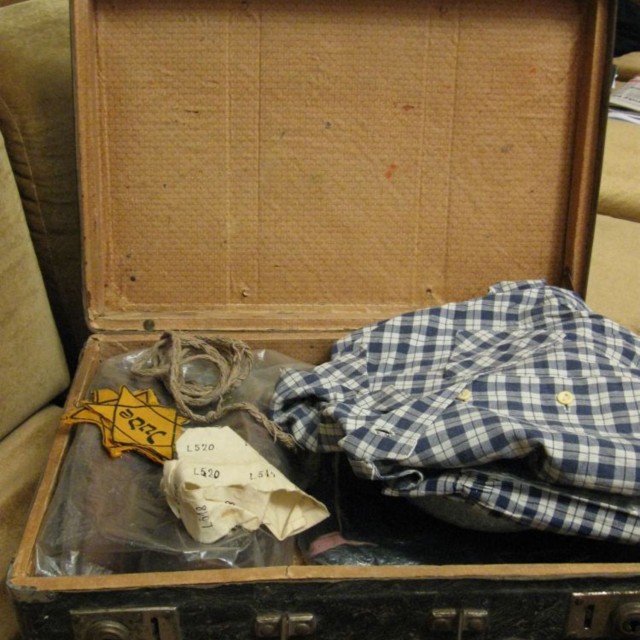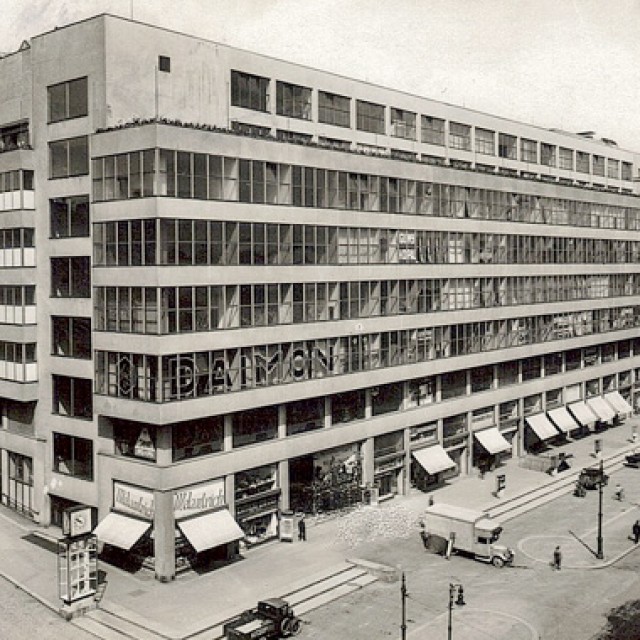We received a number to be worn round our neck
Mrs Hošková together with her parents was assigned to one of the first transports, which was to take Jews from Prague to labour or extermination camps. “Each family would usually receive an official notice. It was a strip of paper with a number on it. Usually it was delivered by one of the members of the Jewish community after eight o’clock in the evening. After that hour we were not allowed to go outside, so we were all sitting at home. So we sat at home with our ears pricked up, we were listening whether someone was going up the stairs. After eight o’clock no-one could even come and visit us.” The transports were marked with letters. “We were a part of transport L. In addition to that, each of us received a number. My father’s number was L518, my mother’s L519 and mine was L520. An individual transport usually consisted of a thousand people. We had to write down, sew or some other way fasten the numbers we were assigned to our luggage. Then we also got this card with a string and we had that round our neck.” Transport L was set to leave at the end of the year 1941. “Me and my parents were assigned to it in the winter of 1941. We had to assemble in these halls, which belonged to the Radio-palace, on November 7th in Prague-Holešovice. Everyone who was due to leave in a transport, had to first assemble there.” During the process of waiting some things were being confiscated from the ones assembled there. “We handed over money we had on us, keys to our apartment...” The stay in Holešovice usually lasted a few days, sometimes a bit longer. “We stayed there for three days. Then we left for Terezín. At the time they told us, that Jews would only be concentrated there, that they would work and live there. We all believed that somehow we would be able to survive there.”
Hodnocení
Hodnotilo 0 lidí
Routes
Not a part of any route.
Comments
- Denisa Horakova
2025-02-23 22:36:42 - Zajímavý příběh. Nedávno jsem koukala na Prima ZOOM na dokument v 2. světové války. Stále se snažím přijít na paní, která měla číslo 1111 na obleku. Prý to byla spisovatelka z Příbrami, ale zatím se mi nepodařilo nic najít.





